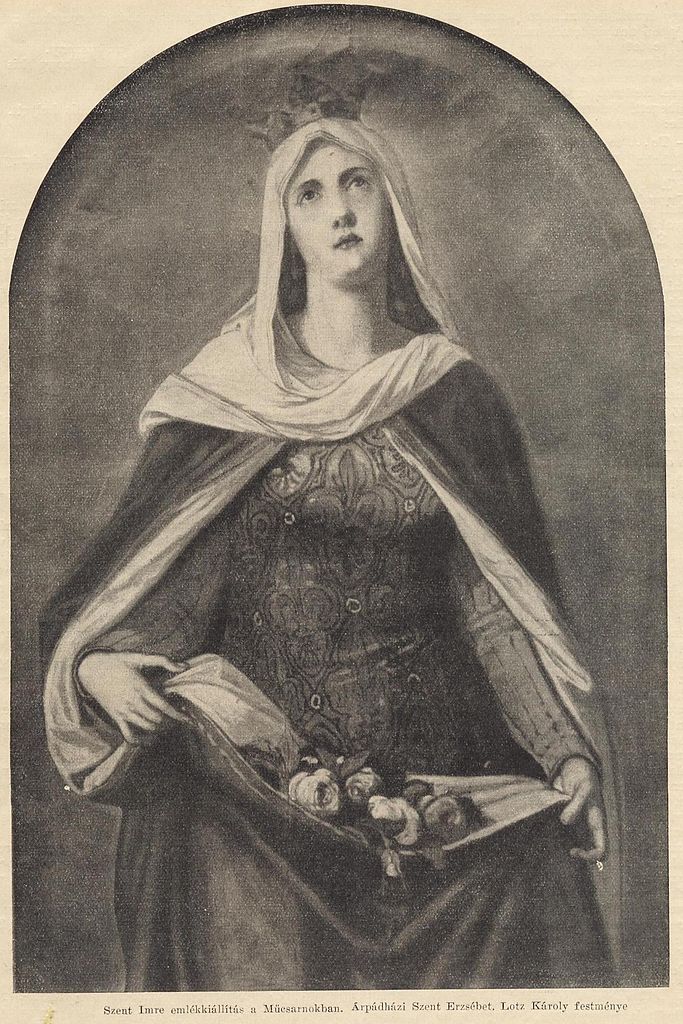St. Elizabeth of Hungary
St. Elizabeth was born in 1207, the daughter of King Alexander II of Hungary. At the age of four she was sent for education to the court of the Landgrave of Thuringia, to whose infant son she was betrothed. As she grew in age, her piety also increased by leaps and bounds. In 1221, she […]



St. Elizabeth was born in 1207, the daughter of King Alexander II of Hungary. At the age of four she was sent for education to the court of the Landgrave of Thuringia, to whose infant son she was betrothed. As she grew in age, her piety also increased by leaps and bounds. In 1221, she married Louis of Thuringia, and in spite of her position at court began to lead an austerely simple life, practicing penance and devoting herself to works of charity.
Her husband — himself much inclined to religion — esteemed her virtue highly and encouraged her in her exemplary life. They had had three children together when tragedy struck: Louis was killed while fighting with the crusaders. After his death, Elizabeth left the court, made arrangements for the care of her children, and in 1228, renounced the world and became a tertiary of St. Francis. She built the Franciscan hospital at Marburg and devoted herself to the care of the sick until her death at the age of 24 in 1231.
St. Elizabeth is the patron saint of bakers, countesses, the death of children, the falsely accused, the homeless, nursing services, tertiaries, widows, and young brides. Her symbols are alms, flowers, bread, the poor, and a pitcher.
Lessons
After leaving court, Elizabeth lived in exceptional poverty and humility. Soon after her death, miracles were reported at her tomb. She was canonized by Pope Gregory IX in 1235.
From Johnnette Benkovic’s Graceful Living: Meditations to Help You Grow Closer to God Day by Day
I declare before God that I have seldom seen a more contemplative woman. When she was coming from private prayer, some religious men and women often saw her face shining marvelously and light coming from her eyes like the rays of the sun.
— From a letter of Conrad of Marburg, spiritual director of St. Elizabeth of Hungary
Johnnette’s Meditation
And we all, with unveiled face, beholding the glory of the Lord, are being changed into his likeness from one degree of glory to another; for this comes from the Lord who is the Spirit” (2 Corinthians 3:18). How does this passage explain the phenomena related in this quotation about St. Elizabeth? How does this encourage me?
Prayer
St. Elizabeth, you were able to give up a life of honor and wealth and live simply. Pray for us, that we will not be bound to the material things of this life, but always live our lives devoted to God. Amen.
Other Saints We Remember Today
St. Gregory Thaumaturgus (“The Wonder-Worker”) (270), Bishop
image: User:Gubbubu, Public domain, via Wikimedia Commons















